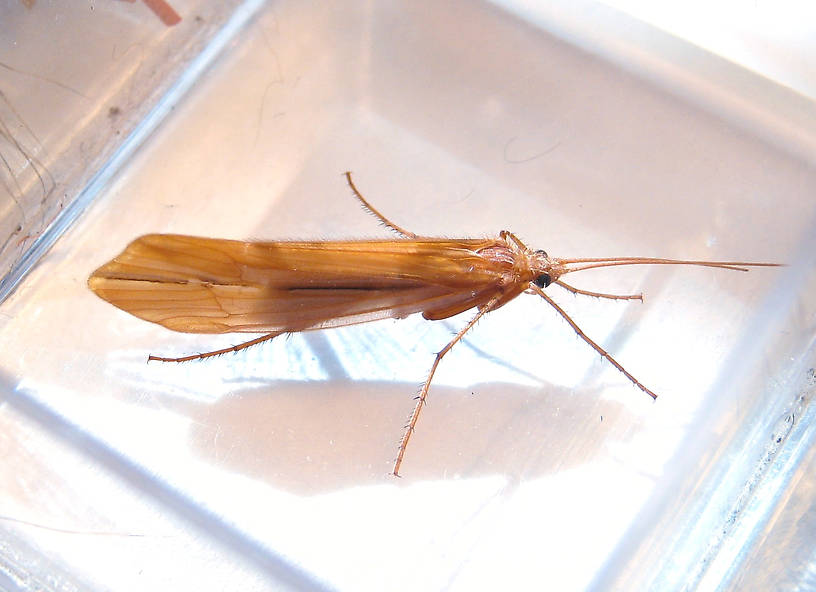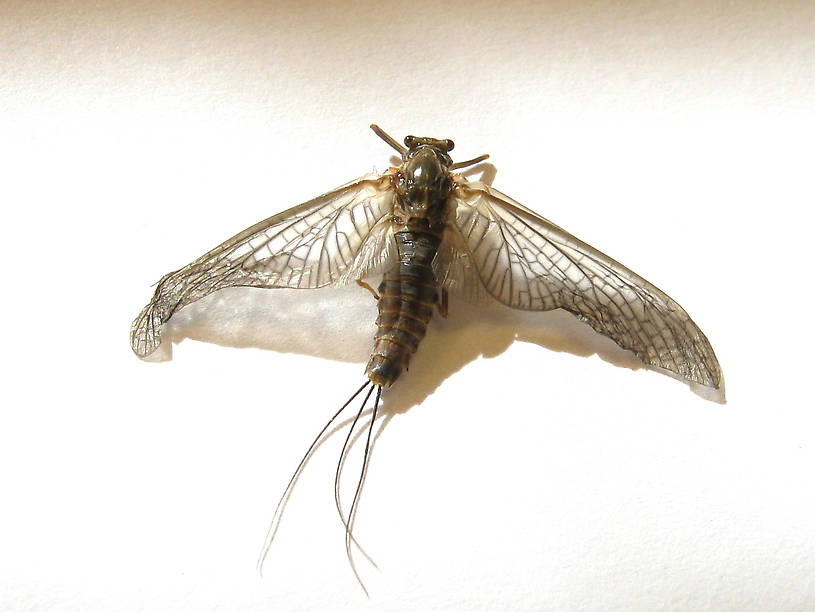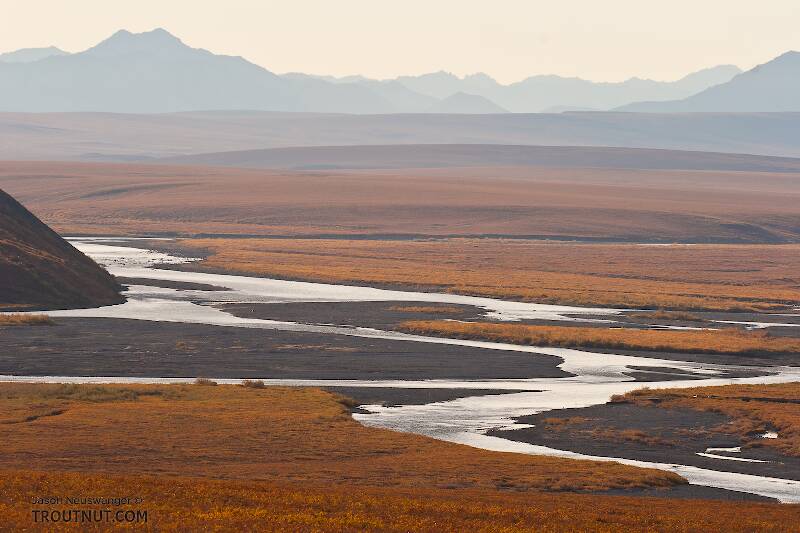
Salmonflies
Pteronarcys californica
The giant Salmonflies of the Western mountains are legendary for their proclivity to elicit consistent dry-fly action and ferocious strikes.
Featured on the forum

This one seems to lead to Couplet 35 of the Key to Genera of Perlodidae Nymphs and the genus Isoperla, but I'm skeptical that's correct based on the general look. I need to get it under the microscope to review several choices in the key, and it'll probably end up a different Perlodidae.

Troutnut is a project started in 2003 by salmonid ecologist Jason "Troutnut" Neuswanger to help anglers and
fly tyers unabashedly embrace the entomological side of the sport. Learn more about Troutnut or
support the project for an enhanced experience here.
About "Mystery Creeks": If you recognize one of these, you already understand why I'm keeping it a secret. I'm not as strict as some anglers about hiding where I fish, mostly because I don't expect to substantially affect fishing pressure on already well-known or simply unpopular waters. But there are some gems where I don't want to add a single unfamiliar bootprint to the mix, due to the fishing, their wild character, or keeping a friend's secret. They're all "Mystery Creek" here—even the lakes.
Closeup insects by Entoman from Mystery Creek #178 in Idaho

This specimen was 22 mm.

This specimen is 14 mm. Technically this is the subspecies T. h. hecuba. The Cascades, Sierras and further West is where the other subspecies, T. h. pacifica is found. The Great Basin seems to have formed a barrier preventing any overlap in their distribution.

